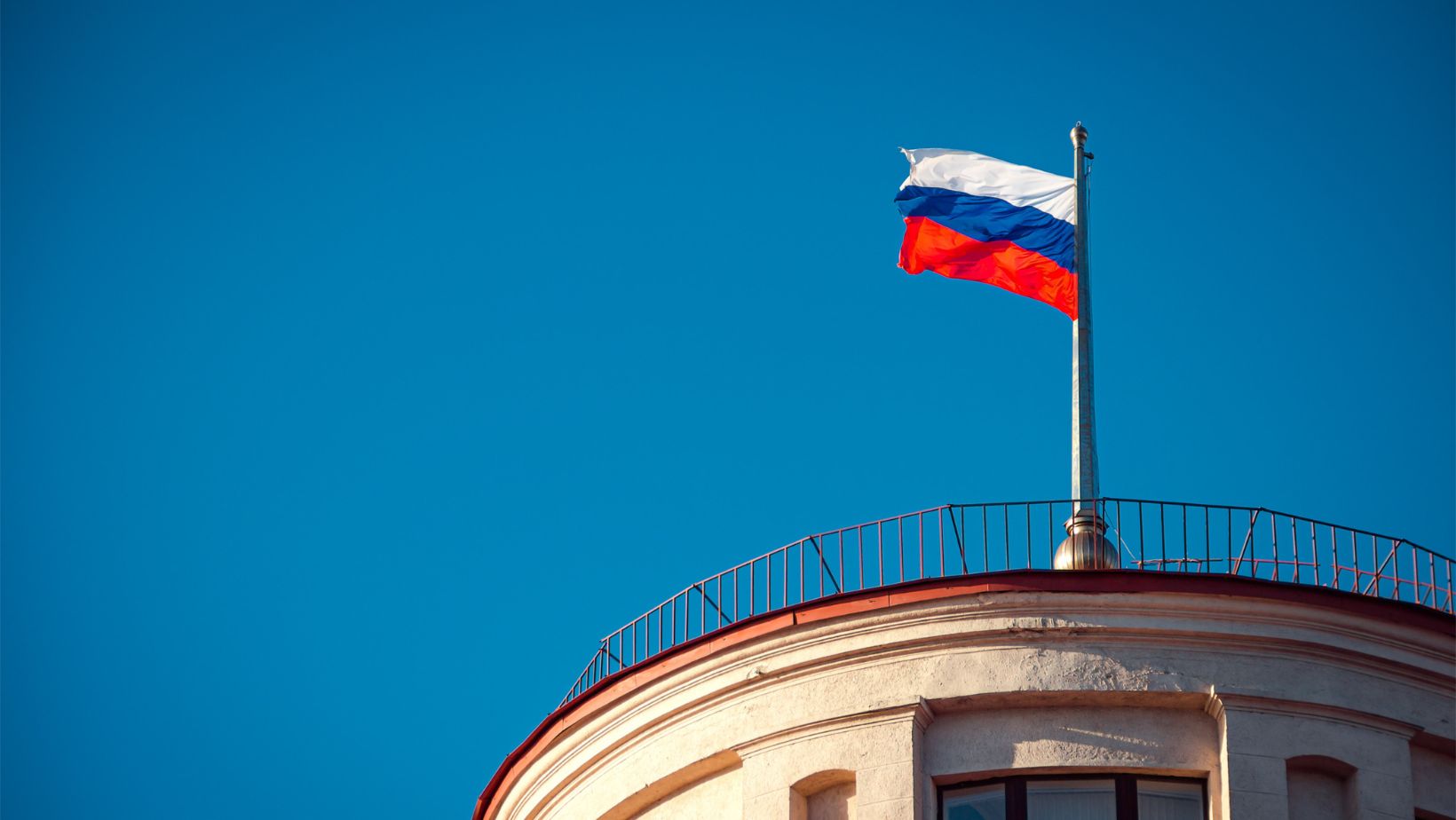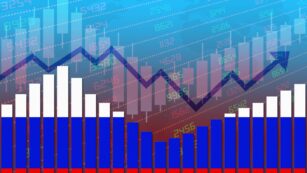
Dive into the dynamic world of Russia’s economy with us, where the bear meets the bull in a dance of numbers and policies. From oil prices to industrial output, and from currency fluctuations to international sanctions, there’s never a dull moment in the Russian economic landscape. Understanding Russia’s economy isn’t just about the numbers, it’s about the stories behind them. It’s about how global trends and national decisions shape the lives of millions. Stay tuned as we unpack the latest Russian economic news, offering insights that go beyond the headlines.
Russian Economic News
 With a spotlight on the Russian economy, this segment turns its glance towards the recent fiscal reports, policy updates, and market situations. As a noteworthy component of global economics, interpreting Russian financial shifts presents an essential view into the workings of world trade. It offers key insights into upcoming opportunities, potential threats, and changes affecting the business world and economic outlook altogether. Diving into economic indicators first, it is crucial to note that Russia’s economy is diverse, with robust sectors such as energy, manufacturing, and ICT.
With a spotlight on the Russian economy, this segment turns its glance towards the recent fiscal reports, policy updates, and market situations. As a noteworthy component of global economics, interpreting Russian financial shifts presents an essential view into the workings of world trade. It offers key insights into upcoming opportunities, potential threats, and changes affecting the business world and economic outlook altogether. Diving into economic indicators first, it is crucial to note that Russia’s economy is diverse, with robust sectors such as energy, manufacturing, and ICT.
The country’s Gross Domestic Product (GDP), for instance, clocks in at consistently high levels. In 2020, despite the challenges presented by the global pandemic, Russia’s GDP was reported at $1.47 trillion, according to data from the World Bank. Some essential economic indicators related to Russia include:
- GDP growth: This parameter indicates the pace at which the country’s economy is growing or contracting. Quoting the World Bank, Russia’s economy sank by 3% in 2020 but is expected to recover in 2021.
- Unemployment rate: Reflects the proportion of the labor force without jobs. As per the UN’s International Labour Organization, the unemployment rate in 2020 stood at 5.7%.
- Inflation Rate: The cost of goods and services in Russia is crucial to track. The Bank of Russia stated that the inflation rate reached 5.3% in 2020.
These macroeconomic variables pose as clear indications of economic performance, pointing towards the implications for households, businesses, and the government. The permutation and combination of these figures sketch a vivid picture, revealing Russia’s potential economic trajectory.
Government Statements and Policy Changes
The shaping of the economy invariably involves policy changes, dictated by the government. In this light, freshly brewed statements from the Russiangovernment and corresponding policy alterations render valuable information to dissect the course of the economy. For example, in a recent address, Russia’s Ministry of Finance disclosed plans to decrease the country’s dependency on oil revenues.

A series of fiscal measures have been proposed to mobilize non-oil revenues. Moreover, to stimulate economic growth, the government has launched a National Recovery Plan designed to curb unemployment, stabilize prices and introduce fiscal stimuli. It underscores the commitment to withstand revenue shifts, maintain stable growth and spur the economic wheel at times of turbulence.
Understanding the Russian economic news thus unveils a story of resilience, discovery, and Projected strength. It gives a crystal-clear image of Russia’s economic landscape, confirming how global trends and national decisions leave lasting imprints on ordinary lives. As we unravel more, it becomes explicit that staying informed is not merely an option but a prerequisite to rational decision-making in today’s connected world.
Sector-Specific Updates in the Russian Economy
 Navigating the complexities of Russia’s economy is no easy feat. It’s a dynamic landscape, shaped by a myriad of influences – from oil prices to policy shifts. The impact of global relations on this economy is particularly noteworthy. Sanctions have brought challenges, yet Russia’s accession to the WTO and its active role in international economic groups like BRICS signal potential growth and resilience.
Navigating the complexities of Russia’s economy is no easy feat. It’s a dynamic landscape, shaped by a myriad of influences – from oil prices to policy shifts. The impact of global relations on this economy is particularly noteworthy. Sanctions have brought challenges, yet Russia’s accession to the WTO and its active role in international economic groups like BRICS signal potential growth and resilience.
The country’s strategic partnerships, especially with China, are key in diversifying its economic ties and mitigating the effects of western sanctions. These updates provide a glimpse into the multifaceted nature of Russia’s economy and its ongoing efforts to adapt and thrive in an ever-changing global economic arena. As we unravel more, it becomes explicit that staying informed is not merely an option but a prerequisite to rational decision-making in today’s connected world.